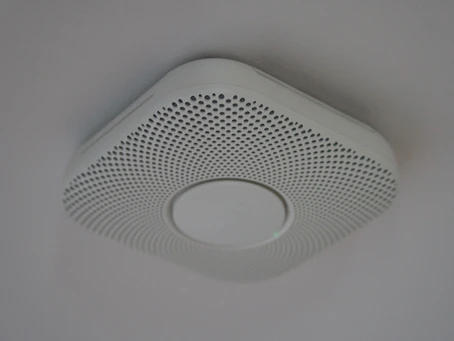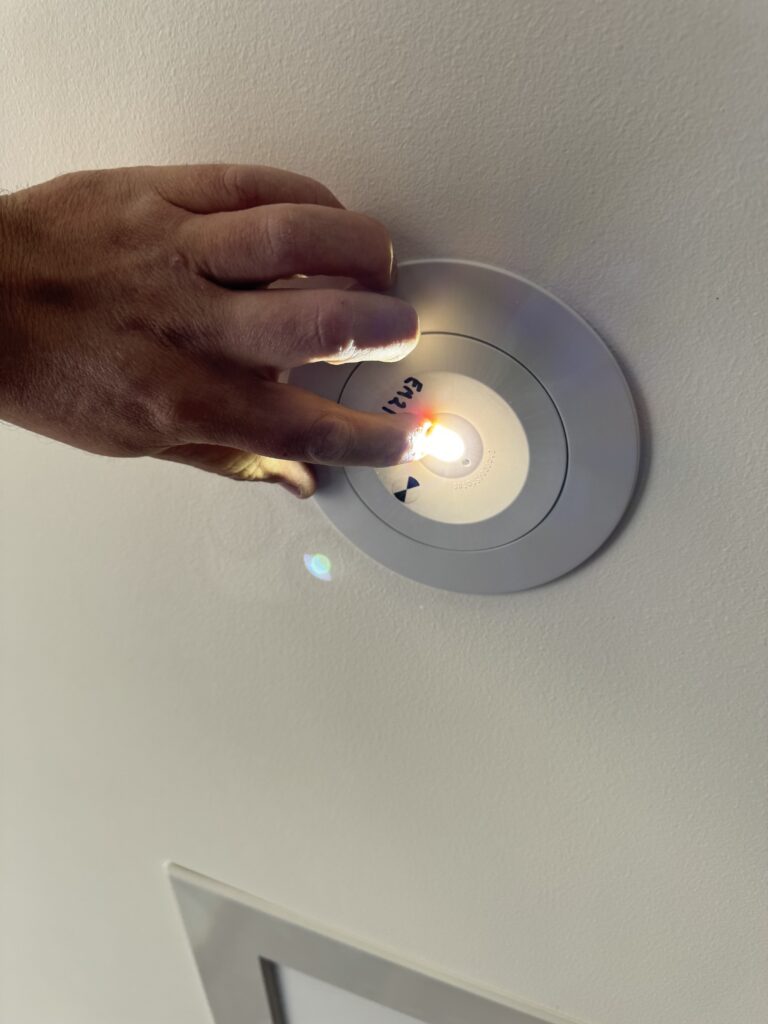Our Inspection Reports
With up to, and over, 220 detailed points in our inspection, you won’t be left wanting.
Unlike many competitors, we go the extra mile by providing additional data points to help you manage your property’s electrical integrity over time. Our reports include a “general condition” component that identifies potential future issues before they become safety concerns, allowing property owners or managers to plan for maintenance in advance.
This isn’t a fast “tick and flick” exercise, as we believe others may offer. That said, we understand that your investment needs to be profitable, not costly, so we don’t charge you for what’s not needed. Minimum electrical safety standards must be met, and we are committed to maintaining these without cutting corners. So, please don’t ask us to.
You may find cheaper services elsewhere, but as experienced electricians working for a licensed electrical contractor, we uphold professional standards that you can trust.
What we won’t do, is charge you hidden fees or unnecessary “subscriptions” for services you may not need. You pay for what’s necessary, and that’s it.
What we will do is, charge you fairly for the time it takes to have a qualified tradesperson on-site to conduct thorough testing and provide a comprehensive report. If we need to replace or install smoke detectors due to non-compliance or fault, you’ll only pay for the alarms and installation. Our electrical repairs come with a Certificate of Electrical Safety—something many competitors skip but is a regulatory requirement.
References:
Energy Safe Victoria (ESV)
Electrical safety check
Rental providers must ensure an electrical safety check of all electrical switchboards, wiring and fittings in the premises is conducted every two years by a licensed electrician.
If requested, they must also provide the renter with the date of the most recent safety check, in writing.
The safety check must be conducted in accordance with section 4 of AS/NZS 3019:2022 “Electrical installations—Periodic assessment”.
If an electrical safety check has not been conducted within the last two years at the time the renter occupies the premises, the rental provider must arrange an electrical safety check as soon as practicable.
If the safety check shows electrical repairs are needed to make the property safe, the rental provider should engage a registered electrical contractor (REC) or a licensed electrician employed by a REC to do the repair work.
Evidence of safety checks
The electrician must provide a written report (hard copy or digital) in regard to the electrical safety check.
The report must include details of those parts of the tenancy covered by the check and any part of that tenancy not covered by the safety check. The report should record the results of the testing undertaken.
If any damage or safety issues are identified during the assessment or testing, the report should include recommendations for any repairs required.
Reports shall be compiled and signed or otherwise authenticated by the electrician who carried out the electrical safety check.
A record of an electrical safety check may be any of the following:
- Electrical Safety Check report
- Form 1. Periodic Verification Report Form – Appendix A of AS/NZS 3019:2022 “Electrical installations—Periodic assessment”.
- Any other form or report (hard copy or digital) that includes details of the check carried out, the name of the electrical who carried out the check and the date on which the safety check was carried out.
Consumer Affairs Victoria
Electrical safety
The electrical safety rental minimum standard commenced on 29 March 2023.
Rental properties must have modern switchboards, with circuit breakers and electrical safety switches installed. Electrical safety switches are known as residual current devices (RCD, RCCB or RCBO).
Rental providers are responsible for engaging an electrician to ensure their rental property complies with the electrical safety standard.
If your rented premises has a circuit breaker type switchboard
The rented premises can meet the minimum standard if the electrician adds circuit breaker components to the power outlets and lighting circuits, without the need to add to or modify the circuit protection to other circuits (such as fixed cooking equipment, hot water units or air-conditioning circuits).
The circuit breaker components include:
- an overcurrent circuit breaker and a residual current device (RCDs), or
- an overcurrent circuit breaker and a residual current operated circuit-breakers without integral overcurrent protection (RCCBs), or
- a residual current operated circuit-breaker with integral overcurrent protection (RCBOs).
If your rented premises does not have a circuit breaker type switchboard
Some properties do not have circuit breaker type switchboards, such as older properties that have a panel and fuse board or a federal fuse board.
With these older fuse boards, an electrician may not have the option of adding circuit breaker components (such as RCDs, RCCBs or RCBOs) and may have to replace the entire switchboard to ensure the rented premises meets the electrical safety standard. In this case, there must be circuit breaker components for all the circuits at the switchboard, including fixed cooking equipment, hot water units and air-conditioning circuits.



